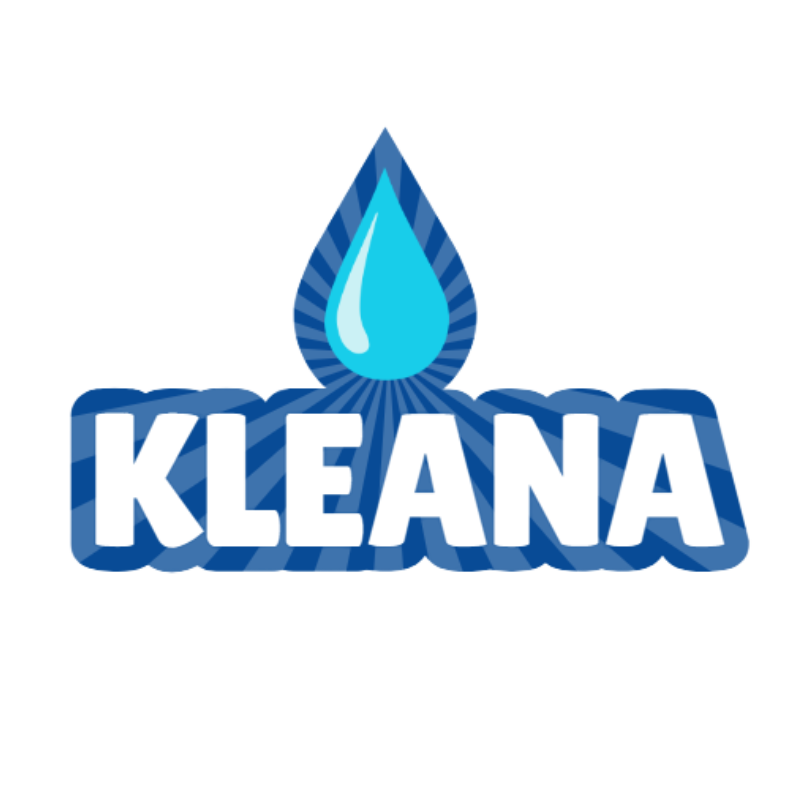⚠️ Cleaning Safely: The Hidden Dangers of Mixing Household Products

💬 “It’s just cleaning — how dangerous can it be?”
Actually… very.
Cleaning might seem low-risk, but certain mistakes — especially mixing the wrong products — can lead to serious health issues. One of the most dangerous combinations is bleach and vinegar, which creates toxic chlorine gas.
In this post, we’ll explain:
Why some product combinations are harmful
The dangers of DIY cleaning trends
The importance of PPE and chemical handling
How to clean safely and professionally
🧪 Why Mixing Products Can Be Dangerous
Let’s start with the most well-known example:
❌ Bleach + Vinegar = Chlorine Gas
When bleach (sodium hypochlorite) reacts with vinegar (acetic acid), it produces chlorine gas — a toxic chemical historically used as a weapon during war.
Breathing in chlorine gas can cause:
Chest pain
Coughing
Burning eyes, nose, and throat
Breathing difficulties
In severe cases, pneumonia or life-threatening injury
Even small amounts, especially in poorly ventilated spaces like bathrooms, can have dangerous effects.
A cleaner on Reddit once described mixing bleach and vinegar in a mop bucket. After two minutes of use, they collapsed from breathing difficulties and needed emergency care.
⚠️ Other Combinations to Avoid
| Product 1 | Product 2 | Why it’s dangerous |
|---|---|---|
| Bleach | Ammonia (in window or toilet cleaners) | Creates chloramine gas, toxic to lungs |
| Bleach | Rubbing alcohol | Forms chloroform, can cause dizziness or loss of consciousness |
| Baking soda | Vinegar (in sealed containers) | Can cause pressure build-up and explosions |
Even if it doesn’t look dangerous — never mix cleaning products unless directed by a professional source or product label.
📲 Social Media Trends: Entertaining, But Not Always Safe
Platforms like TikTok and Instagram are full of viral “CleanTok” videos showing people mixing products to create foaming reactions or “DIY cleaning bombs.” These might look effective — but many are unsafe, unverified, and purely made for views.
Always be cautious:
Many influencers aren’t trained professionals
Their videos may lack PPE, ventilation, or proper handling
Mixing multiple store-bought products can damage surfaces and harm your health
Cleaning is not about “what looks most dramatic” — it’s about doing it right, safely, and sustainably.
🧤 Always Use PPE (Personal Protective Equipment)
Even with safe products, you should always protect yourself:
Gloves: prevent skin irritation and chemical burns
Face coverings or masks: especially if using sprays or chemicals with fumes
Apron or cleaning tabard: protects clothing and prevents cross-contamination
Goggles (optional): for jobs involving spraying or decalcifying
If a job involves harsh chemicals like mould remover or limescale cleaner, PPE is non-negotiable.
🚫 Don’t Use Products You’re Not Qualified To Handle
Some products are industrial strength or require special licensing or COSHH training (Control of Substances Hazardous to Health).
If you’re unsure:
Ask a supervisor or manufacturer for guidance
Avoid using professional-grade disinfectants or acidic descalers unless trained
Stick to trusted brands for domestic use or eco-certified products where possible
Never risk your safety — or your client’s — by using something you don’t fully understand.
✅ How to Clean Safely (And Still Effectively)
Stick to one product at a time
Always read product labels and warnings
Ventilate your workspace
Use PPE and wash your hands after every clean
Store products out of reach of children or pets
Never mix products — even “just a little”
🧼 Kleana’s Take
At Kleana, we want all cleaners — experienced or just starting out — to feel safe, empowered, and informed.
We encourage education, safe practices, and real professionalism over viral trends.
Your health matters. Your life matters. And good cleaning doesn’t require danger to be effective.
📌 Final Thought
You don’t need “cleaning hacks” or dangerous product cocktails to do a good job.
With the right knowledge, tools, and safety measures, you can offer a service that’s thorough, safe, and trusted.
So remember:
When in doubt — don’t mix it, don’t guess it, don’t risk it.
📰 In the News
The dangers of mixing bleach and vinegar are well documented.
Sources like Healthline and the Washington State Department of Health report that even small amounts of chlorine gas can cause severe respiratory problems or hospitalization.
In 2020, The Sun reported on common household cleaning myths that could seriously harm your health if followed blindly.
(Healthline)
(Washington State DOH)
(The Sun UK)
⚠️ Disclaimer
This blog post is for general information only and should not be considered safety advice or chemical training.
Always follow product label instructions and consult certified sources or trainers if unsure.
Kleana is not responsible for how products are used. In the case of exposure or injury, seek emergency medical help immediately.
